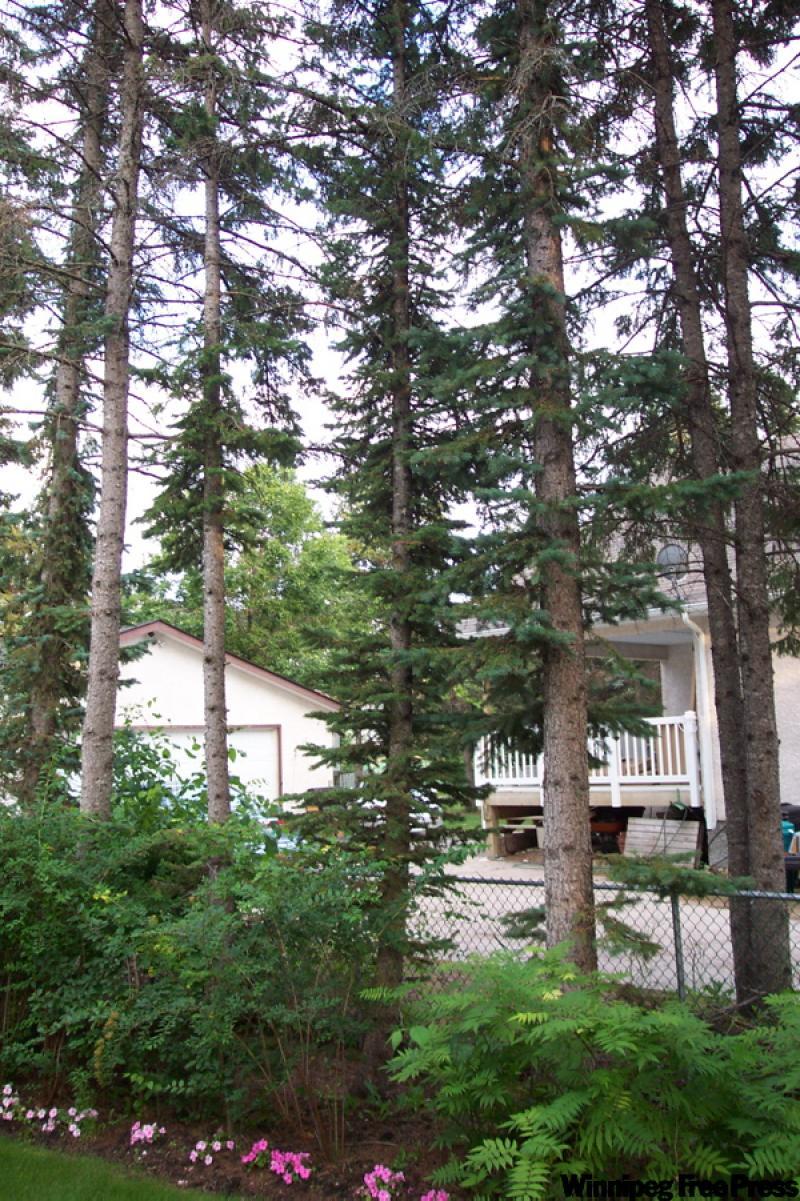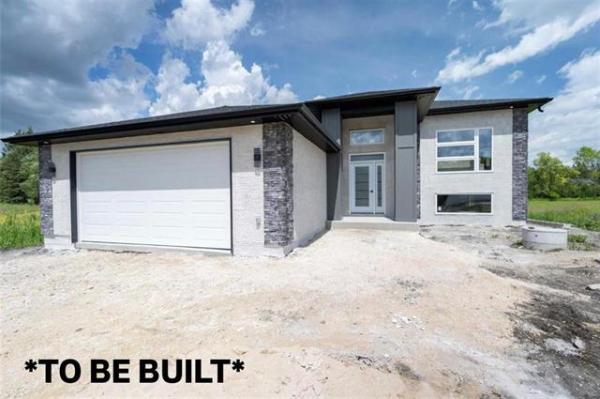
Without question, the greatest problems people in the city have with trees are often those owned by their neighbours. Arborists are constantly being asked, “Can I cut my neighbour’s tree branches overhanging on my side of the property?” The answer is “yes.”
I should mention at the outset I’m not a lawyer, but simply stating what is commonly known in the professional arborist community. Questions related to all legal issues must be directed to a lawyer. The definitive reference book for this topic is called Arboriculture and the Law in Canada. The authors are J. Dunster and S. Murray, and the book was published in 1997 by the International Society of Arboriculture based at the time in Savoy, Illinois.
Reading the above reference book, it’s clear that past legal cases have established that property-owners have a legal right to be protected from damage to their property caused by trees from an adjacent property. The owner has a right to cut overhanging branches and encroaching tree roots up to the property line. However, the degree of branch and root removal has to be realistic, and cannot be so excessive as to make the tree unsafe. Only an experienced, knowledgeable arborist can make that determination.
A property-owner also can seek compensation through the courts for damages caused by a neighbour’s tree. As situations relating to property boundaries and damage can be quite complex, it’s always wise to consult a lawyer on these matters. Specific court decisions in Canada have established precedents regarding such matters as encroachment by roots and branches of neighbouring trees. I won’t detail the court cases here, but you can consult the Dunster-Murray book or your lawyer.
In my professional assessment of tree situations over the last 40 years, there are some common recurring issues that fuel the concerns people have with trees near their property.
1. Trees that have a tendency to grow large are simply planted too close to property lines. Trees are usually small in size when planted, but over time they grow. Easily, nine out of 10 property-owners do not recognize this simple fact when they plant a tree, or they’re not really bothered about it.
2. Usually, the most problematic trees have not been planted — they simply grew naturally from a seed that became established near a fence or laneway or garage. Many poplars, elms, maples and willows have their origins as wild or volunteer seedlings.
3. When the boundary or near-boundary trees are small, few people see any problems with them. As trees tend to grow, so do the perceived problems.
4. In most instances, large trees can be simply a nuisance for the adjacent property-owner. Perhaps the tree blocks out the sun, or drops branches, twigs, leaves, sticky bud cases and fruits. Tree nuisances rarely cause property damage.
5. Typical urban yards are often too small to properly accommodate very large trees. For many people, the larger the tree the better, as they likely get more shade or attract more birds and wildlife.
6. There are real concerns when a neighbour’s tree is dead or dying (or even your own tree), because a hazard in the yard to deal with. Dead and dying trees need to be removed or managed in a way to make them safe. Always work with a professional licensed Manitoba arborist when dealing with hazardous trees. Ask to see the current valid licence.
7. Finally, if a living tree causes damage to someone else’s property, invariably the legal system has to deal with the matter.
It’s often said that fences make great neighbours. What makes better neighbours is a willingness to listen to real concerns about potential damage before anything serious occurs, and to act on those concerns. I’m constantly amazed how many people I come across in my business who go out of their way to help their neighbours. Judicial pruning of branches and a few roots can go a long way to establish friendship between neighbours.
Michael Allen is a consulting urban forester, certified I.S.A. arborist and owner of Viburnum Tree Experts. He provides advisory services on tree and shrub problems through home visits; and regularly gives courses on tree and shrub care. He can be contacted by calling 204-831-6503 or emailed at viburnumtrees@shaw.ca. Visit his website at www.treeexperts.mb.ca for further information.



